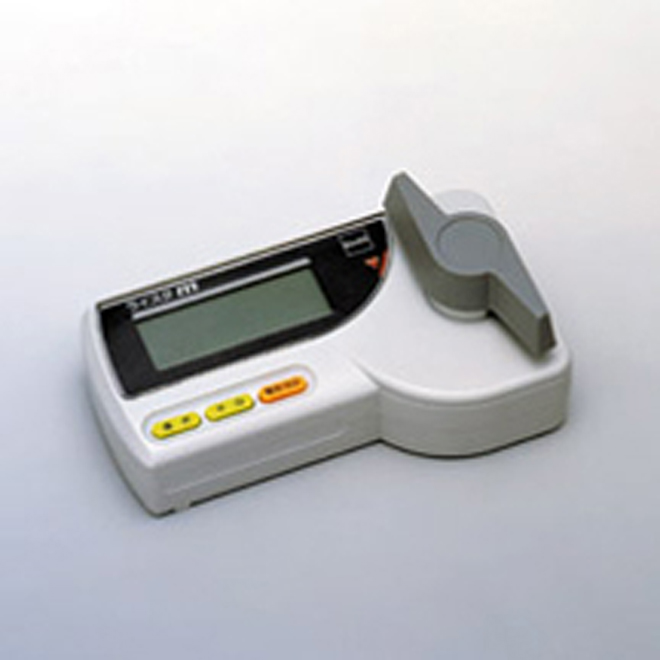Recognizing the Value of a Moisture Meter in Avoiding Mold and Water Damage in your house
In the world of home maintenance, the existence of dampness can commonly be a silent yet awesome adversary, capable of creating pervasive mold growth and perilous water damages if left uncontrolled. Recognizing the importance of a moisture meter in this fight is not just a choice yet a calculated necessity.
Relevance of Moisture Detection
Efficient wetness discovery methods are vital for protecting properties and stopping potential mold growth and water damages. Wetness can seep right into various building products, causing structural problems and carcinogen. By using a wetness meter, residential property owners can proactively recognize areas prone to excess wetness, enabling prompt intervention and mitigation methods.
Moisture meters give exact analyses of dampness levels in different products such as drywall, wood, and concrete. This data helps in determining locations of concern, also in surprise or hard-to-reach locations. Early detection of moisture accumulation enables timely repair work or modifications to stop further damages.

Just How Moisture Meters Job
Moisture meters play a crucial duty in the proactive recognition of excess dampness, aiding in the prevention of potential mold and mildew growth and water damage by providing accurate readings of moisture degrees in numerous structure products. Some advanced dampness meters integrate both pin and pinless modern technologies for comprehensive wetness discovery. Comprehending exactly how moisture meters feature is essential for accurate and prompt moisture level evaluations, allowing efficient preventive actions versus mold and mildew and water damages.
Finding Early Caution Indications
Upon preliminary assessment of a property, acknowledging subtle indicators of excess dampness ends up being critical in the early detection of prospective mold development and water damages. Some typical early indication include mildewy smells, water spots on walls or ceilings, peeling paint or wallpaper, and warped or stained surfaces. Moldy smells commonly indicate the visibility of mold and mildew or mildew, also if no visible indicators appear. Water discolorations can indicate leakages or infiltration, while peeling paint or wallpaper may be an outcome of dampness endangering the attachment of these materials to the surface. Warped or blemished surface areas, such as bending floorboards or blemished drywall, are clear indicators of water damage. Furthermore, a rise in allergic reaction symptoms or respiratory concerns amongst residents might recommend the presence of mold due to excess dampness. By immediately recognizing and dealing with these very early indication, homeowners can mitigate the risk of considerable mold and mildew growth and water damages in their residential properties.
Stopping Mold Development
Acknowledging very early caution indications of excess dampness within a property not only allows timely detection of prospective mold growth and water damages however additionally offers as an aggressive action in avoiding the spreading of mold and mildew. To effectively prevent mold and mildew growth, it is vital to resolve any sources of dampness quickly.
Along with dealing with moisture resources, maintaining indoor humidity levels below 60% can significantly inhibit mold growth. Proper air flow, sufficient insulation, and using ac unit or followers can help regulate interior moisture levels. Keeping track of dampness degrees in locations prone to Look At This dampness, such as cellars and creep areas, utilizing a moisture meter can likewise assist in very early detection of elevated dampness levels and prospective mold and mildew development. By taking positive procedures to stop excess dampness and mold and mildew development, homeowners can safeguard their home and indoor air top quality.
Advantages of Routine Monitoring
Regular monitoring of wetness levels in a residential or commercial property can play a critical duty in maintaining a healthy and balanced interior environment and avoiding prospective mold and water damages. By routinely inspecting dampness degrees, home owners can spot any kind of problems immediately and take required activities to avoid mold and mildew development and water damages. Among the essential advantages of routine tracking is very early detection. By identifying and attending to high wetness levels beforehand, homeowners can intervene prior to mold and mildew has the possibility to spread out and develop. This proactive approach can save both time and cash in the future by preventing substantial mold remediation and repair prices.
In addition, routine monitoring allows homeowners to track patterns and patterns in moisture degrees over time. Eventually, the regular monitoring of dampness degrees equips homeowners to secure their residential or commercial property, safeguard their wellness, and preserve the stability of their indoor setting.

Conclusion

By making use of a wetness meter, residential or commercial property proprietors can proactively determine locations vulnerable to excess moisture, permitting for prompt treatment and reduction techniques.

Keeping an eye on moisture degrees in locations vulnerable to moisture, such as basements and crawl rooms, utilizing a dampness meter can also assist in early discovery of raised wetness degrees and prospective mold development. sites (Moisture Meter)